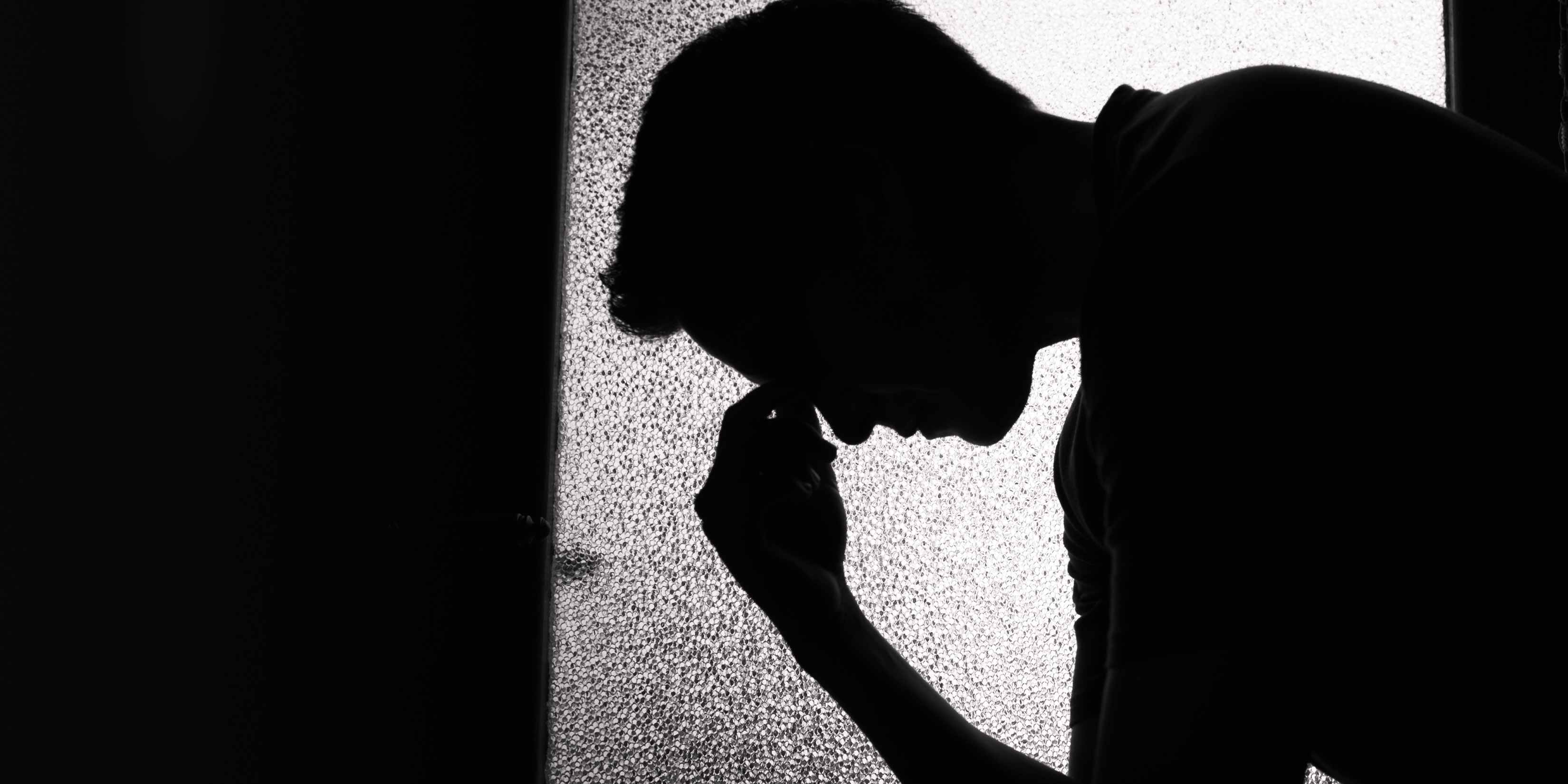
Dallas, TX
Over the past 20 years, opioid use disorder has claimed more than half a million lives in the United States. The pandemic that began in 2020 exacerbated the opioid crisis, dramatically increasing opioid use and overdose-related deaths. The most recent CDC data shows that deaths linked to opioid use increased by around 20,000 (54%) in 2020. While this public health crisis impacts the nation as a whole, it is communities that are often called upon to intervene. That’s because the largest impact can be made at the local level — in part, because key aspects of the community play an influential role on an individual’s propensity to use opioids. What’s more, the community ethos, when viewed through the lens of social determinants of health (SDoH), can also interfere with an individual’s journey toward ending opioid use. In a study focused on social conditions as a fundamental cause of health inequities (Phelan et al. 2010), researchers concluded that resources at the individual level are the “causes of causes” or “risk of risks” that shape health behaviors — influencing whether people know about, have access to, can afford, and receive social support for their efforts to engage in health-enhancing behaviors.
SDoH includes socioeconomic and environmental factors, such as employment, housing and education. Medical researchers have determined SDoH are responsible for 80% to 90% of health outcomes (Magnan 2017; Alegria et al. 2018). This becomes evident when we link SDoH to opioid use and overdose deaths. For example, a study that examined macroeconomic conditions at both the county and state levels (Hollingsworth et al. 2017) found that a 1% increase in the unemployment rate was associated with a 3.6% increase in opioid-related deaths and a 7% increase in opioid-related emergency department cases. Housing insecurity, too, poses a risk factor for OUD use and overdose-related deaths. A report from the Commonwealth of Massachusetts revealed the risk of death from an opioid overdose is 30 times higher for those that have experienced homelessness. As a bridge to higher socioeconomic status, education level is an indicator of risk for OUD — with the highest rates of opioid use among those who didn’t finish high school and lowest among those who finished college (Ho, J.Y. 2017).
When we understand the impact of SDoH, we cannot help but be alarmed by the widening disparities between persons in low and high socioeconomic areas relative to OUD.
Understanding an Individual’s Desire to Use Opioids
As humans, we have an innate drive to ensure our most basic needs are met: proper nutrition, decent housing, a sense of safety and security. Abraham Maslow’s hierarchy of needs defines these as deficiency needs. Maslow stated that individuals must first satisfy these lower-level deficit needs before moving on to meet higher-level growth needs. It’s not difficult to imagine that those living within a low-socioeconomic status often struggle to get their deficit needs met. As their deprivation continues, their motivation to progress wanes. They become more vulnerable to the surroundings of their environment. They are at greater risk of negative health behaviors, such as engaging in illicit drug use. Analyzing the impact these critical resources have on low-socioeconomic populations can help community leaders better understand the level of risk to their citizens, as well as begin to bridge the gap to support healthier outcomes.
- Health education: Our desire and ability to take care of our health is largely framed by our upbringing. Those in high-socioeconomic communities are offered health classes and physical education in primary school. They are taught proper nutrition and care by their parents. As they age, they gain a better understanding of good health behaviors under the care of a doctor. Equally important, high-socioeconomic individuals are far more likely to understand the risks associated with opioid use than those in low-socioeconomic communities. This, along with an overall lack of focus on health from a young age, may cause low-socioeconomic individuals to engage in risky behaviors that lead to OUD. We must also take into consideration that jobs in low-socioeconomic neighborhoods are typically more physical. This increases risk of injury, which may result in prescription opioid use that, without proper education, can quickly lead to OUD.
- Health access: Disparities in access to healthcare resources are key drivers in health outcomes linked to SDoH. Lower-socioeconomic individuals are less likely to have health insurance or have the ability to afford out-of-pocket expenses associated with even the most basic physical and mental health care. What’s more, disadvantaged neighborhoods often have few to no healthcare physicians, bringing into play the challenge of transportation to access care. This gap is a critically missing component of both OUD prevention and treatment. Without regular access to medications designed to support withdrawal and recovery from OUD and the continuous monitoring and support of addiction experts, those struggling with OUD have no path forward — no way to improve their health behaviors.
- Neighborhood characteristics: Studies have indicated strong associations between substance use behaviors and contextual factors of disadvantaged neighborhoods, such as exposure to crime and illicit drug activity (Boardman et al, 2001, Karriker-Jaffee 2013). A reduced sense of safety, a normalizing of crime and tolerance of drug use signal to residents a lack of respect for life and little value in choosing healthy behaviors. Environments such as this can also heighten stress that leads to the development of co-occurring issues often found in OUD patients, such as anxiety and depression. Without proper diagnosis and treatment, these health issues can incite individuals to seek out opioids in an effort to relieve their emotional burdens.
- Social support: Isolation is a known risk factor for developing OUD. This makes social support particularly important, especially in the era of coronavirus. Social support can come in various forms such as friends and family, coworkers, community or religious activities. These social ties can keep individuals from engaging in risky behaviors. However, due to the collapse of family structure, a lack of funding for community centers or simply not having stable working hours that allow for engaging in regular community events, many living in low-socioeconomic areas go without any social support. In addition, these individuals typically associate with peers of a similar background, making their social context more conducive to trying opioids and developing a use disorder. They are less likely to hear about the risks associated with opioid use, to learn about healthy coping mechanisms to manage stress or to gain insights on and access to treatment for OUD.
Examining Ultra-Structural Forces
Our society leans toward individualism — embracing the idea that if you want something, you must work for it and, in time, you’ll achieve it. But the concept of individualism foregoes the fact that economic and employment forces are actually structures. They not only can create adverse effects beyond an individual’s control, they can create systemic social issues — impacting millions of unique individuals in nearly the same way. Examples of these structures have been felt in rural and urban areas for decades: job loss due to factory shutdowns, a deterioration in public education (typically linked to a deficit of teachers and an increase in truancy), a slow disappearance of retail, restaurants and other critical businesses — including healthcare. What is left is a community devastated, and for some of its residents, the downward spiral turns deadly and lasts for generations.
A landmark study by the economist Anne Case and Nobel Prize-winner Angus Deaton recounts an erosion of U.S. working-class life. Examining data from 1999 to 2013, they found that mortality rates had risen sharply for non-college educated whites aged 45 to 54. The reason: They were drinking themselves to death with alcohol, overdosing on opioids and dying by suicide. The researchers concluded that these were “deaths of despair.” Vanishing jobs, disintegrating families and other social stressors had unleashed a rising tide of hopelessness. In many of these communities, the progressive deterioration of social and economic well-being continues today, haunting each successive generation.
To some degree, the opioid epidemic reveals a crisis in the American system. While some (usually affluent Americans) point to a lack of personal responsibility in rising OUD cases, the conversation rarely invites discussion on social responsibility. At BHG, we believe we have an ethical obligation to all individuals at risk for OUD — especially those in underserved communities. Together, we make all the difference.
We encourage you to join the larger discussion on OUD in disadvantaged communities. If you or someone you know is struggling with OUD, reach out to BHG today.
[1] Opioid Data Analysis and Resources, Centers for Disease Control and Prevention, last updated March 2021.
[2] The Drug Overdose Toll in 2020 and Near-Term Actions for Addressing It, The Common Wealth Fund, published 2021.
[3] Phelan, J. C., B. G. Link, and P. Tehranifar (2010). Social Conditions as Fundamental Causes of Health Inequalities: Theory, Evidence, and Policy Implications. Journal of Health and Social Behavior.
[4] Magnan, S. (2017). Social Determinants of Health 101 for Health Care: Five Plus Five, NAM Perspectives. Discussion Paper, National Academy of Medicine.
[5] Alegría, M., NeMoyer, A., Falgàs Bagué, I., Wang, Y., Alvarez, K. (2018). Social Determinants of Mental Health: Where We Are and Where We Need to Go. Current Psychiatry Reports.
[6] Hollingsworth, A., Ruhm, C., Simon, K. (2017). Macroeconomic Conditions and Opioid Abuse. Journal of Health Economics.
[7] Massachusetts Department of Public Health (2017), An Assessment of Fatal and Nonfatal Opioid Overdoses in Massachusetts (2011-2015). Chapter 55 Legislative Report.
[8] Ho, J.Y. (2017). The Contribution of Drug Overdose to Educational Gradients in Life Expectancy in the United States, 1992- 2011. Demography.
[9] Kamimura, A., S. Panahi, N. Rathi, S. Weaver, M. Pye, K. Sin, and J. Ashby (2018). Risks of Opioid Abuse among Uninsured Primary Care Patients Utilizing a Free Clinic. Journal of Ethnicity in Substance Abuse.
[10] Lasser, K. E. (2017). Prescription Opioid Use among US Adults: Our Brave New World. Annals of Internal Medicine.
[11] Case, A., Deaton, A. (2015). Rising morbidity and mortality in midlife among white non-Hispanic Americans in the 21st century. Proceedings of the National Academy of Sciences.
Media Contact:
Nancy Buttyan
Nancy.Buttyan@bhgrecovery.com
214-918-1811
About BHG
Behavioral Health Group (BHG) is a fast-growing healthcare company creating a new class of recovery center for individuals with substance use disorder (SUD). BHG specializes in medication-assisted recovery (MAR) combined with addiction counseling delivered through the largest network of Joint Commission-accredited outpatient treatment and recovery centers in the U.S. Founded in 2006 and led by an experienced executive team with deep experience in the healthcare and behavioral health industries, BHG believes that comprehensive, evidence-based, personalized treatment plans focused on real recovery restore lives, strengthen families, and rejuvenate the communities in which we serve. BHG capabilities include a full range of counseling and behavioral health therapies for individual, family, and group counseling, medication-assisted recovery, intensive outpatient programs, mental health services, case management, and community resource coordination services delivered in its treatment centers and through telehealth. BHG treatment centers provide access to all FDA-approved medications through in-center dosing or prescriptions programs. BHG accepts Medicare, Medicaid, most major commercial health plans, and works with state grants to support patients who choose to self-pay. With 117 locations in 24 states, BHG has more than 2,100 employees who serve more than 43,000 patients. To learn more, visit bhgrecovery.com.
